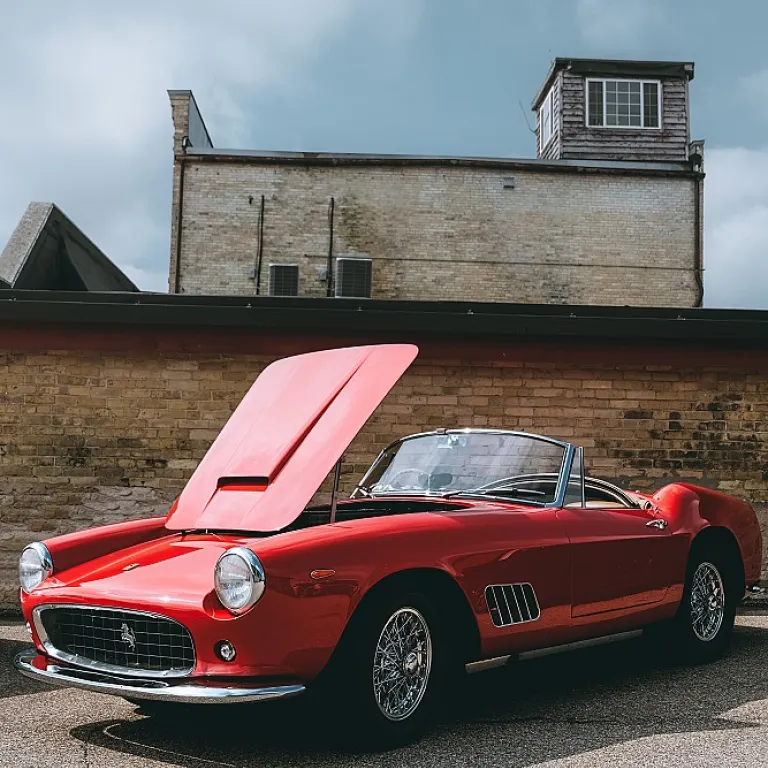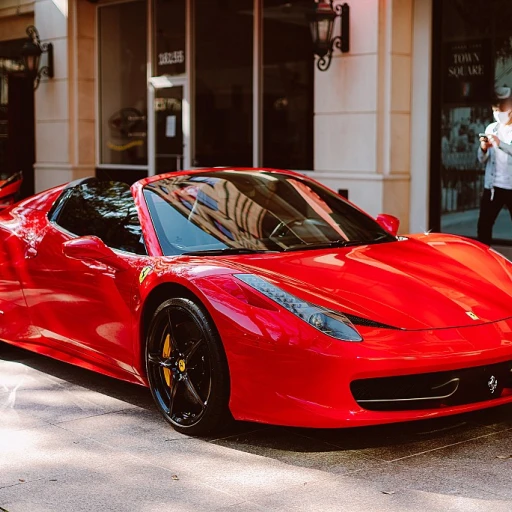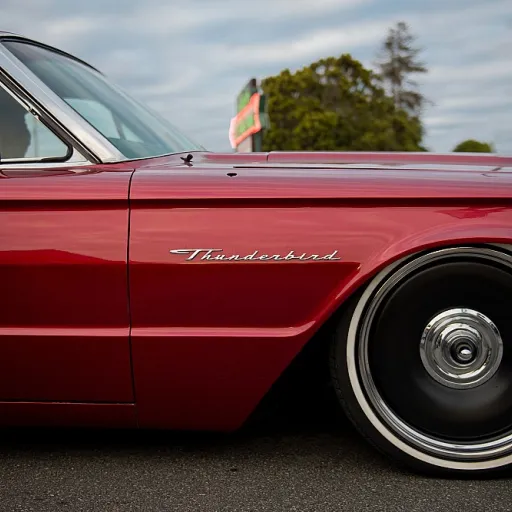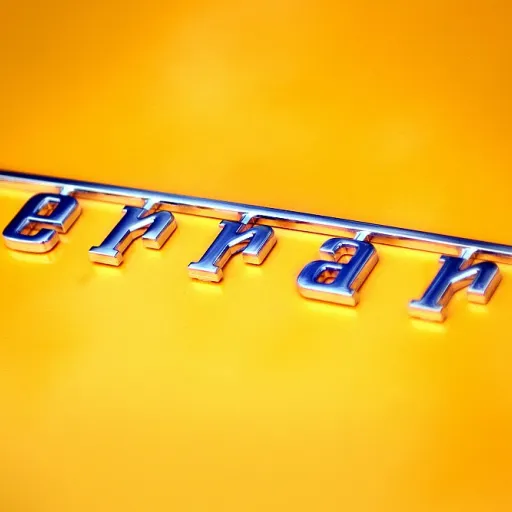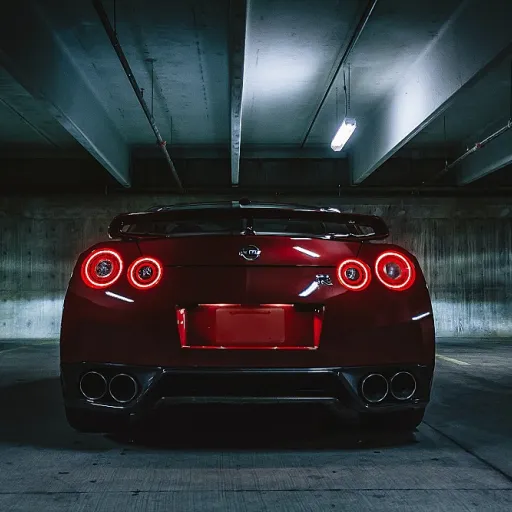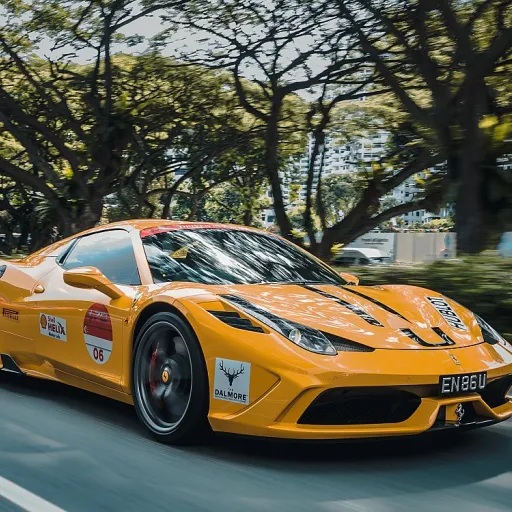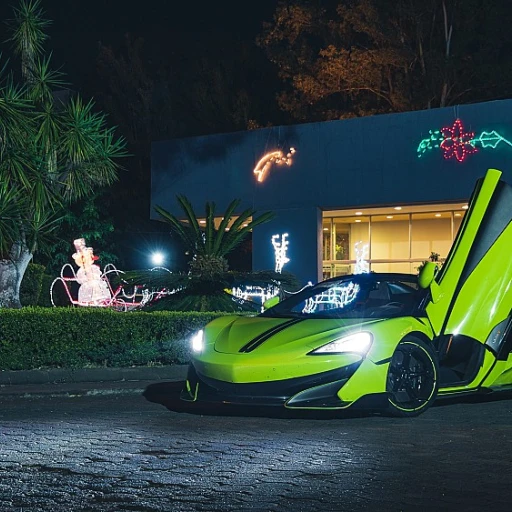
The legacy of the 2012 Cadillac CTS-V engine in luxury performance
The 2012 Cadillac CTS-V engine stands as a testament to Cadillac’s pursuit of high performance within the luxury segment. This supercharged LSA engine, with a displacement of 6.2 liters, delivers a remarkable 556 horsepower and 551 lb-ft of torque, setting a new benchmark for luxury sedans and coupes. Owners of the CTS-V sedan, coupe, and wagon experience a blend of refined comfort and exhilarating speed, a combination rarely achieved in the automotive world. The CTS-V’s engine design draws inspiration from the Chevrolet Corvette, specifically the ZR1, with the LSA supercharged engine sharing core architecture while adapting to Cadillac’s unique requirements. This connection to the Corvette lineage elevates the CTS-V’s status among luxury car enthusiasts who value both heritage and innovation.
Cadillac’s commitment to performance is evident in the CTS-V’s acceleration, with a 0-100 km/h time of just 3.9 seconds. The six-speed manual transmission offers purists a direct connection to the car’s high-performance motor, while the six-speed automatic provides seamless gear changes for those who prioritize comfort. The CTS-V’s third generation introduced enhancements in engine speed management, torque delivery, and rear drive dynamics, ensuring that every drive is both engaging and controlled. The model year’s production run solidified Cadillac’s reputation for producing vehicles that rival the best from Mercedes-Benz and other European luxury brands.
As a luxury car owner, understanding the nuances of the CTS-V’s LSA engine design is essential. The cast iron block, paired with advanced supercharging technology, ensures durability and sustained performance at high rpm. This engine’s torque curve is engineered for both spirited driving and effortless cruising, making it a versatile choice for those who demand more from their luxury car. The original CTS-V models have become icons, celebrated for their blend of American muscle and sophisticated engineering.
Technical innovations and design excellence in the CTS-V engine
The design philosophy behind the 2012 Cadillac CTS-V engine centers on delivering uncompromising performance without sacrificing luxury. The LSA engine’s supercharged configuration, featuring a 1.9-liter Eaton supercharger, enables rapid power delivery and exceptional throttle response. This supercharged LSA engine is engineered to maintain optimal engine speed and torque rpm across a wide range, ensuring that both sedan and wagon variants provide consistent high performance. The integration of a robust cast iron block enhances reliability, while the advanced cooling systems manage the increased thermal loads associated with supercharged engines.
Cadillac’s engineers meticulously balanced the front rear weight distribution, optimizing the CTS-V’s handling characteristics. The Magnetic Ride Control suspension, adapted from the Chevrolet Corvette, allows for real-time adjustments to damping, providing a smooth ride during daily commutes and firm control during spirited driving. The choice between a speed manual and a speed automatic transmission gives owners the flexibility to tailor their driving experience. The CTS-V’s rear drive layout, combined with its high torque output, delivers a dynamic yet composed driving feel, distinguishing it from competitors like Mercedes-Benz and other luxury marques.
Attention to detail extends to every aspect of the CTS-V’s engine and chassis design. The third generation of the CTS-V introduced refinements in engine management software, improving both performance and efficiency. The model year’s production saw enhancements in the supercharged LSA engine’s cooling and lubrication systems, further solidifying its reputation for reliability. For a deeper dive into the technical evolution of Cadillac’s performance engines, explore the engineering advancements in Cadillac V-series.
Performance metrics: Speed, torque, and real-world driving impressions
Performance is at the core of the 2012 Cadillac CTS-V’s appeal, with the engine’s specifications translating into exhilarating real-world results. The CTS-V’s 0-100 km/h acceleration time of 3.9 seconds places it firmly in the high-performance category, rivaling sports cars and outperforming many luxury sedans. The supercharged LSA engine’s 556 horsepower and 551 lb-ft of torque are accessible across a broad rpm range, providing immediate response whether accelerating from a standstill or overtaking at highway speeds. The speed automatic transmission offers rapid shifts, while the speed manual transmission caters to enthusiasts who crave direct engagement with the car’s motor.
Owners of the CTS-V sedan, coupe, and wagon benefit from a chassis tuned for both agility and stability. The rear drive configuration, combined with precise suspension tuning, ensures that the car remains composed even at high speeds. The CTS-V’s top speed of 307 km/h underscores its credentials as a true high-performance luxury vehicle. The engine’s torque rpm characteristics are engineered to deliver a surge of power at any engine speed, making every drive an event. The original CTS-V models set a new standard for American luxury cars, challenging established European rivals and earning accolades from automotive experts.
Expert reviews highlight the CTS-V’s remarkable performance. As CarBuzz noted, “The 2012 CTS-V's performance was spectacular, with the sedan reaching 0-60 mph in just 3.9 seconds.” AutoWeb added, “The 2012 Cadillac CTS-V Coupe is one of the fastest luxury cars that has ever existed and with a starting price of $63,215 which is well below that of its main rivals.” These endorsements reflect the CTS-V’s unique position in the market. For those interested in comparative performance data and owner experiences, the Cadillac CTS-V performance community offers valuable perspectives.
Transmission choices: Manual and automatic for tailored driving experiences
The 2012 Cadillac CTS-V offers drivers a choice between a six-speed manual transmission and a six-speed automatic, each designed to complement the engine’s high-performance characteristics. The manual transmission appeals to purists who value the tactile connection between driver and car, allowing precise control over engine speed and torque delivery. Shifting through the gears in the CTS-V sedan or coupe provides a rewarding experience, especially when exploiting the full potential of the supercharged LSA engine. The speed manual transmission is engineered for durability, capable of handling the engine’s substantial torque output without compromise.
For those who prioritize convenience and versatility, the speed automatic transmission offers seamless gear changes and adaptive shift logic. Paddle shifters mounted on the steering wheel enable manual control when desired, blending the best of both worlds. The automatic transmission’s programming is optimized to keep the engine within its ideal torque rpm range, ensuring rapid acceleration and smooth cruising. This flexibility makes the CTS-V an ideal choice for luxury car owners who demand both performance and everyday usability.
The availability of both transmission options across the CTS-V sedan, coupe, and wagon models underscores Cadillac’s commitment to meeting the diverse needs of luxury car enthusiasts. The original CTS-V models set a precedent for future generations, influencing the design and engineering of subsequent high-performance Cadillac vehicles. Owners can select the configuration that best aligns with their driving style, whether they prefer the engagement of a manual gearbox or the sophistication of an advanced automatic.
Comparing the CTS-V to luxury rivals: Mercedes-Benz and beyond
The 2012 Cadillac CTS-V competes directly with established luxury performance sedans from brands like Mercedes-Benz, offering a compelling alternative for discerning owners. The CTS-V’s supercharged LSA engine delivers power and torque figures that rival or surpass those of its European counterparts. The sedan, coupe, and wagon variants provide versatility, allowing owners to choose the body style that best suits their lifestyle. The CTS-V’s design philosophy emphasizes both performance and comfort, with a focus on rear drive dynamics and advanced suspension technology.
In terms of speed and acceleration, the CTS-V matches or exceeds the benchmarks set by competitors. The engine’s torque rpm characteristics ensure that power is always available, whether navigating city streets or enjoying open highways. The CTS-V’s production run marked a significant moment in Cadillac’s history, demonstrating the brand’s ability to challenge the dominance of Mercedes-Benz and other luxury marques in the high-performance segment. The original CTS-V models continue to be celebrated for their blend of American engineering and European-inspired refinement.
Owners who value exclusivity and performance will appreciate the CTS-V’s unique position in the market. The third generation of the CTS-V introduced enhancements in engine design, transmission options, and chassis tuning, further elevating its status among luxury car enthusiasts. The CTS-V’s legacy is defined by its ability to deliver high performance without compromising the comfort and amenities expected of a luxury car. This balance has made it a favorite among those who demand more from their automotive investments.
Ownership insights: Maintenance, reliability, and long-term value
Owning a 2012 Cadillac CTS-V requires an understanding of the unique maintenance needs associated with high-performance engines. The supercharged LSA engine, with its cast iron block and advanced cooling systems, is engineered for durability but benefits from regular servicing to maintain optimal performance. Routine checks of engine speed, torque delivery, and supercharger operation are essential for preserving the car’s high performance capabilities. The CTS-V’s manual and automatic transmissions are robust, but periodic fluid changes and inspections ensure longevity.
Luxury car owners value reliability, and the CTS-V’s engineering reflects Cadillac’s commitment to quality. The original CTS-V models have proven to be resilient, with many examples achieving high mileage while retaining their performance characteristics. The third generation introduced improvements in engine management and component durability, further enhancing the car’s reputation for reliability. Owners should adhere to recommended maintenance schedules, using genuine parts to preserve the integrity of the LSA engine and associated systems.
Long-term value is a key consideration for luxury car owners. The CTS-V’s unique combination of speed, design, and high performance ensures strong demand in the pre-owned market. Well-maintained examples, particularly those with manual transmissions, are sought after by collectors and enthusiasts. The CTS-V’s legacy as a high-performance luxury car is secure, with its reputation for engineering excellence and driving enjoyment continuing to attract discerning buyers.
Future trends: The evolution of high-performance luxury engines
The 2012 Cadillac CTS-V set a new standard for high-performance luxury vehicles, influencing the direction of future Cadillac models and the broader automotive industry. Advances in engine technology, including the use of lightweight materials and improved supercharging systems, are expected to enhance both performance and efficiency in upcoming generations. The integration of hybrid and electric powertrains is a growing trend, with luxury car manufacturers exploring ways to deliver high performance while reducing environmental impact.
Cadillac’s commitment to innovation is evident in the ongoing development of the V-series lineup. The lessons learned from the CTS-V’s LSA engine, including its torque rpm management and rear drive dynamics, inform the design of future models. Owners can expect continued improvements in engine speed control, transmission technology, and overall vehicle dynamics. The CTS-V’s influence extends beyond Cadillac, inspiring competitors to push the boundaries of what is possible in the luxury performance segment.
As the automotive landscape evolves, the CTS-V’s legacy endures. The original models remain highly regarded for their blend of American muscle and sophisticated engineering. Future iterations will build on this foundation, offering luxury car owners new levels of performance, efficiency, and driving enjoyment. The CTS-V’s story is one of continuous innovation, ensuring its place among the most celebrated high-performance luxury cars of its generation.
Key statistics: The 2012 Cadillac CTS-V engine at a glance
- Engine displacement: 6.2 liters
- Horsepower: 556 hp
- Torque: 551 lb-ft
- Compression ratio: 9.1:1
- 0-60 mph acceleration: 3.9 seconds
- Top speed: 191 mph
- Fuel economy (manual): 14 mpg city, 19 mpg highway
- Fuel economy (automatic): 12 mpg city, 18 mpg highway

